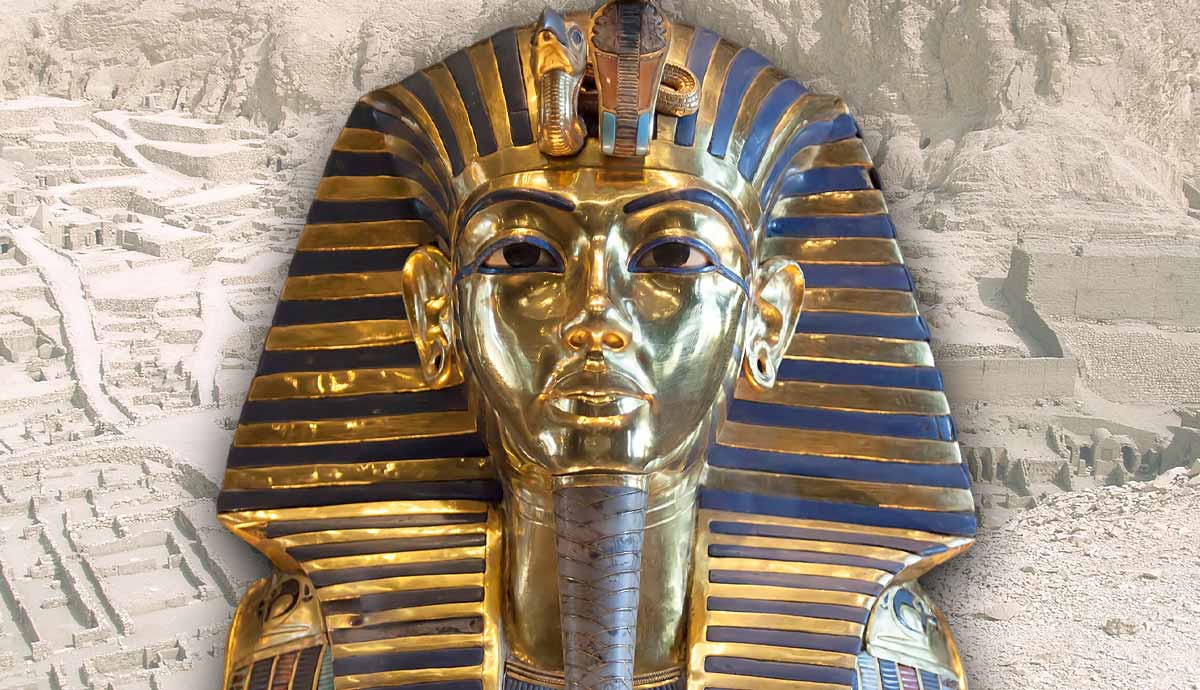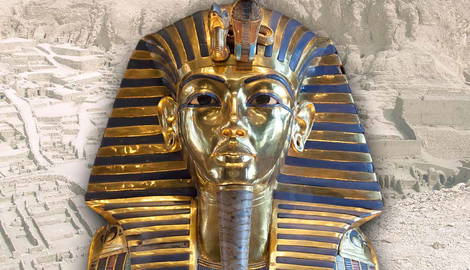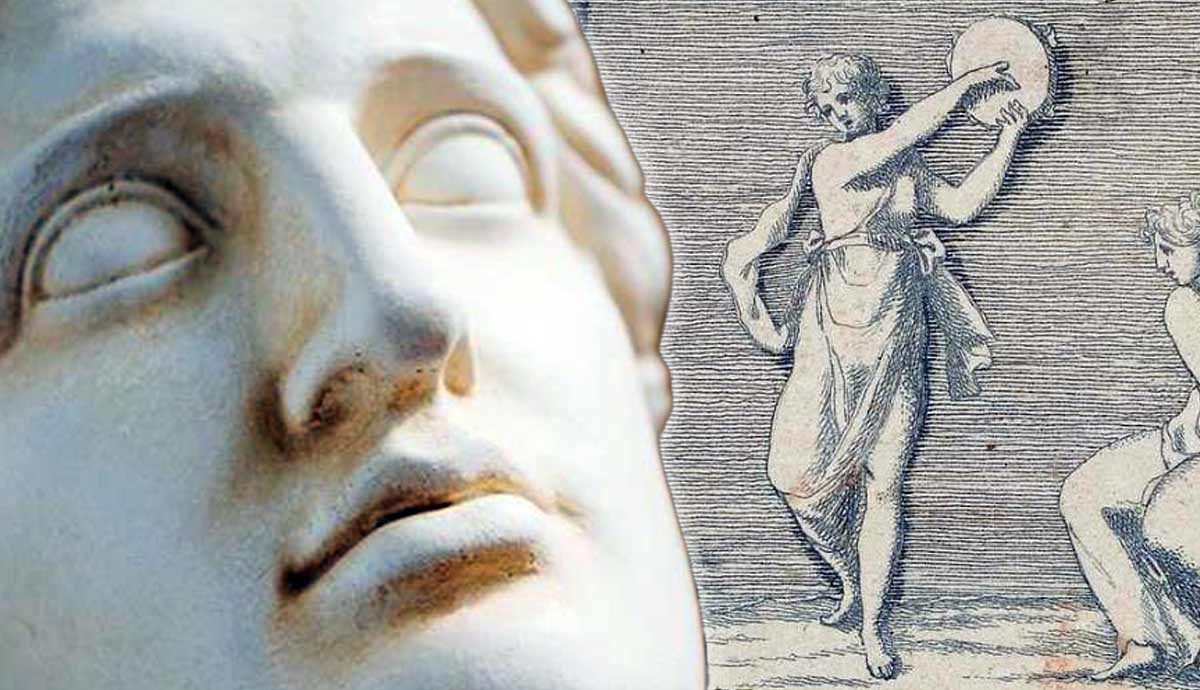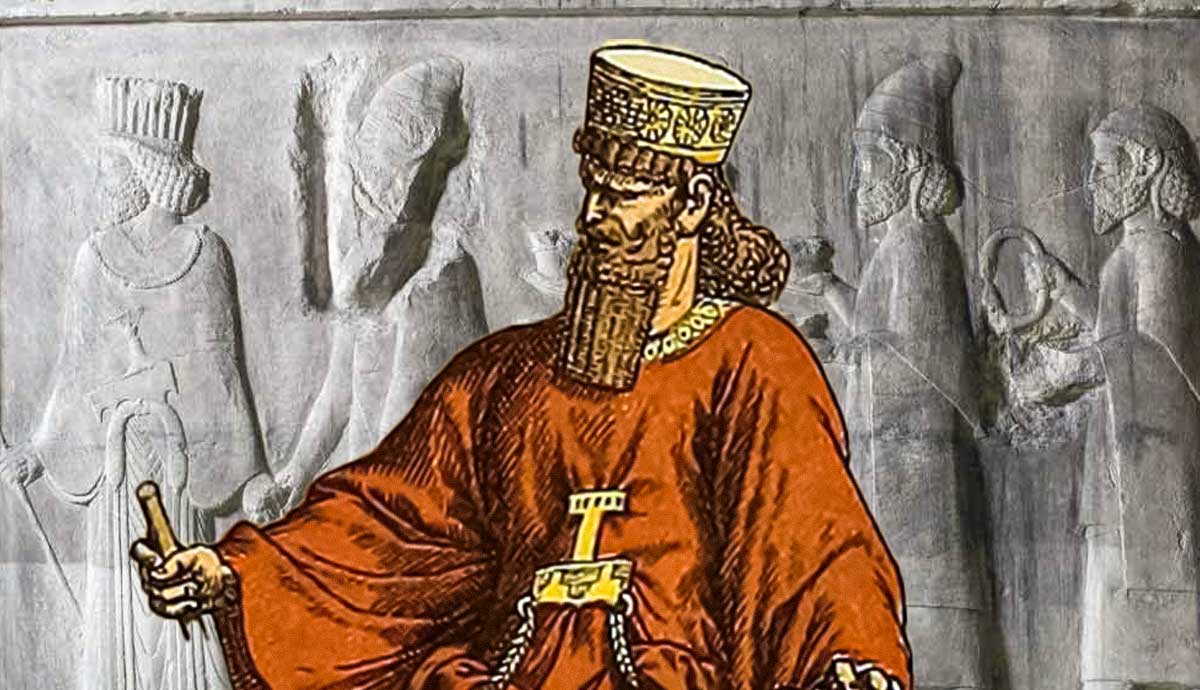
Egypt is known the world over for its archaeological wonders—impressive tombs that froze dynasties in time, complete with massive treasures and wonders of history. The Valley of the Kings is one of the most incredible locations in the country, home to dozens of tombs that Egyptians used to inter historical regents and their belongings. Despite extensive examination, there are still wonders to be discovered in this popular destination. With over a million people visiting annually, this unique desert landmark provides intrigue that few others can offer.
1. It Was Part of the Ancient City of Thebes

Located across the Nile from the former city of Thebes proper, the Valley of the Kings now resides in the Egyptian city of Luxor. Thebes is approximately 800 kilometers (500 miles) south of the Mediterranean Sea, along the Nile River. Locals called the city Waset, and it was once the capital of Egypt.
It is a hot and dry locale, subject to the annual flooding of the Nile in late summer. There were many well-traveled trade routes leading to and through the city, but the most convenient way to travel was by boat. Currently, Luxor is a hot destination for history buffs, boasting ruins that date back as far as the 14th century BCE. The area has a strong Islamic culture, and most citizens today speak a local Arabic dialect. Though Egypt has been subject to unrest and terrorism since major political changes in 2011, the area in which the Valley of the Kings is located is considered relatively safe.

Traditionally, Egyptian burial grounds were placed on the west side of the Nile, and the Valley of the Kings is no exception. The western location is significant because the sun god of ancient Egyptian mythology, Ra, “died” each day on the western horizon, later to be reborn as morning returned. As a result, the western location became deeply tied to Egyptian funerary rites. The valley is split into Eastern and Western locations, though the western side contains far fewer tombs. The burial locations were built into existing cliffs, with underground tombs selected in hopes of minimizing grave robbing.
2. Who’s There?

The Valley of the Kings earned its fame by being home to the resting places of some of Egypt’s most famous ancient rulers. These pharaohs belonged to the New Kingdom, which lasted from approximately 1550-1070 BCE. In addition to the famous rulers, select priests and nobles found their permanent resting place in the Valley of the Kings. Some of the more famous rulers buried in the Valley include Ramses II, who was one of ancient Egypt’s longest-ruling monarchs, and the legendary King Tutankhamun, or King “Tut.”

Although they weren’t interred there, the men who worked on the tombs left evidence of their lives in the Valley of the Kings as well. The valley is home to the remnants of Dayr al Madinah, a village that was home to the dozens of workmen who built the incredible monuments to their royals. Between 30 and 120 men worked on the building projects, depending on the size of the tomb. They had a two-shift workday, with each shift comprising four hours. The workweek was made up of eight days, followed by two days of rest. A great deal of papyri, or written documents, were recovered from Dayr al Madinah, allowing modern historians to learn much about the village itself and the tomb-building process in the valley.
3. Parts of the Valley Remain Unexplored

People began getting interested in the Valley of the Kings as far back as the third century when the Greeks arrived. Graffiti from the Greco-Roman era has been discovered, along with artifacts from the Byzantine period and beyond. Scholars, artists, and researchers visited the valley in the eighteenth century, and in the late nineteenth century, Egyptian antiquities became en vogue in Europe. Initial incursions into the tombs were unorganized, rushed, and often destructive in order to meet this demand. As the twentieth century progressed, expeditions became more organized and careful. Excavation of the valley continues today, as parts of it have yet to be discovered.

There are 64 numbered tombs located in the Valley of the Kings. Some of the tombs have numbers that correspond to names, while others are simply referred to by their number, as their occupants are unknown. The burial chambers range widely in size, from small pits to some with maze-like corridors and dozens of chambers. Some historians believe there are more to be found, and work on the known tombs is still ongoing. The Western Valley is the least explored area and is much larger, indicating that there may be new discoveries awaiting.
4. It Was Robbed in Antiquity

Egyptian royals were buried in accordance with their beliefs, with everything they might need to keep them comfortable in the afterlife. Of course, this often included large amounts of treasure that seemed like easy pickings to graverobbers. For example, the contents of King Tut’s tomb alone are valued at around three-quarters of a billion dollars by today’s standards. Even the corpses were under threat, as jewels and amulets were often interwoven in the mummy’s linen wrappings. There is even evidence of some necropolis employees taking bribes in exchange for granting thieves access to the graves they were supposed to be protecting.
While graverobbing has been a concern of scholars and historians since excavation began in the Valley of the Kings, it is a violation that occurred long before the tombs were first explored by outsiders. The architects of the Valley of the Kings took some precautions to reduce the incidence of this, as they saw tombs from previous eras destroyed by invaders. They chose the valley partly for its isolated location and underground tomb locations. However, it did little to prevent graverobbing from occurring, often within days of a tomb being sealed.
5. Tourism Is Rampant, and So Are Its Effects

Over the last two centuries, tourism has grown in popularity in Egypt, and it remains a top industry in the country. Millions of tourists, generating billions of dollars for the Egyptian economy, visit annually, with 1.5 million heading to the Valley of the Kings every year. While these tourists are welcomed by the Egyptian economy, these visits come with some negative effects as well. Exposure to crowds has resulted in pollution, graffiti, and overall deterioration of these historical locations. A site management plan was created in 2010 that would allow visitors to enjoy the rich history of the valley while still remaining mindful of its delicate status. Railings, signage, and lighting are among the measures put in place to help manage tourist impact, as well as numerous conservation projects that restore and preserve artifacts in place.
6. It’s a UNESCO Site

Adding to its popularity as a tourist destination is the fact that the Valley of the Kings is a UNESCO site. UNESCO stands for United Nations Educational, Scientific, and Cultural Organization, which is focused on identifying, protecting, and preserving “cultural and natural” heritage around the world. UNESCO maintains a list of World Heritage Sites and provides support for these sites through training, technical assistance, and emergency aid. The Valley of the Kings is one of seven UNESCO sites in Egypt, and one of a total of 1,223 properties worldwide. The valley is actually just a part of its total site, as the entire ancient city of Thebes is considered under the designation.
7. It’s Considered to Be Haunted

Rumors abound about the metaphysical nature of the Valley of the Kings. Numerous ghost encounters and spooky happenings have been reported over the years. Much of this is attributed to the supposed curse that was placed on those who opened King Tut’s sealed tomb in 1922. Visitors to the valley have heard strange sounds at night, and some have even claimed to have seen King Tut’s ghost driving his chariot through the valley.

The Valley of the Kings is many things to many people. It holds centuries of historical and archaeological knowledge, remains a premier tourist destination, and is a cultural center for millions of Egyptians. Its wide-ranging value has marked it as a priority for those working in preservation, and continued focus on these measures will be essential to maintain this impressive location for future generations.







